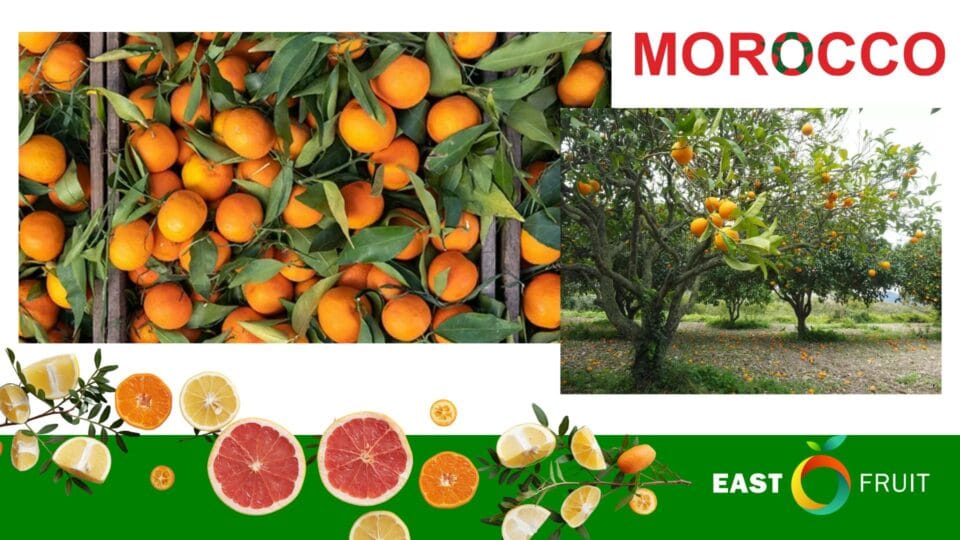Winter in Morocco is marked by a vibrant and fragrant celebration: the arrival of mandarin oranges and other citrus fruits. From early January to late February, these luscious fruits dominate the streets, sold from pickup trucks, pushcarts, and wooden crates in local markets and grocery stores, EastFruit writes. Bright, sweet, and irresistibly juicy, Moroccan citrus fruits are a seasonal delight that embodies the country’s agricultural richness.
A Global Citrus Powerhouse
Morocco, a country with deep-rooted agricultural traditions, has earned a global reputation as a significant exporter of citrus fruits. Morocco’s citrus varieties captivate consumers worldwide, from mandarin oranges and navel oranges to lemons and grapefruits. With origins tracing back to Southeast Asia, mandarins (Citrus reticulata) have found a thriving home in Morocco’s fertile lands, thanks to the country’s ideal climate and innovative farming practices.
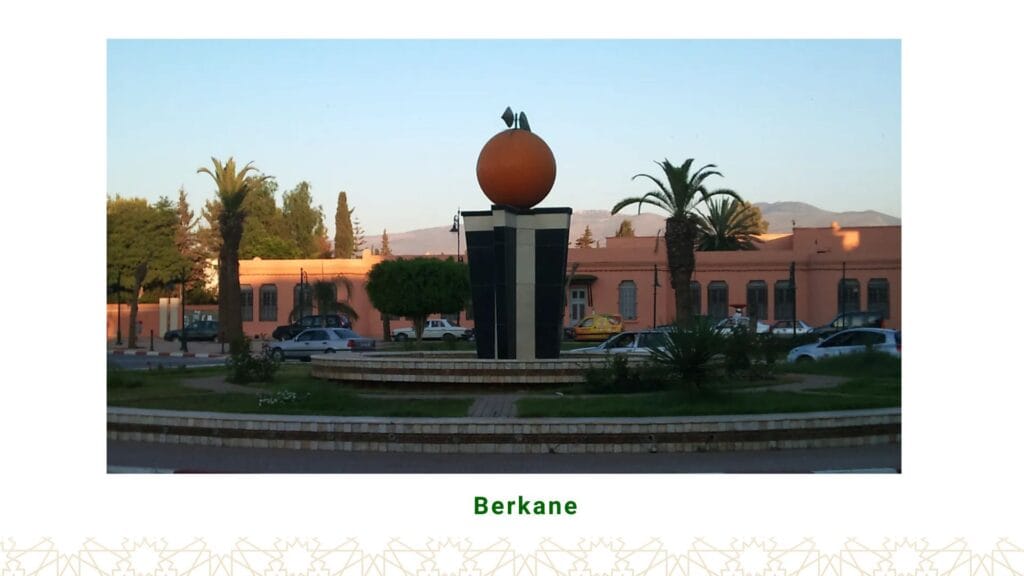 The country’s citrus sector is vital to its economy, generating substantial revenue and providing employment across farming, packing, and export operations. The 2024/2025 season reflects this importance, with Morocco forecasting a production of 1.1 million metric tons of tangerines/mandarins, 960,000 metric tons of oranges, and 45,000 metric tons of lemons and limes. Export markets such as Europe, the United States, and Asia continue to demand these high-quality fruits, ensuring Morocco’s place in the global citrus market.
The country’s citrus sector is vital to its economy, generating substantial revenue and providing employment across farming, packing, and export operations. The 2024/2025 season reflects this importance, with Morocco forecasting a production of 1.1 million metric tons of tangerines/mandarins, 960,000 metric tons of oranges, and 45,000 metric tons of lemons and limes. Export markets such as Europe, the United States, and Asia continue to demand these high-quality fruits, ensuring Morocco’s place in the global citrus market.
According to the USDA Citrus Annual Report “Post expects Morocco’s Tangerine/mandarin production for MY 2024/25 to reach an estimated 1.1 million metric tons, increasing 16 percent over MY 2023/24, orange production should increase by 17 percent over the previous year to 960,000 MT, while lemon/lime production will reach 45,000 MT. Much of the increase in production is due to improved weather conditions during the flowering period compared to the previous season coupled with an increased adoption of drip irrigation techniques. Post estimates Morocco’s MY 2024/25 tangerine/mandarin exports to reach 500,000 MT, increasing 27 percent higher than MY 2023/24 due to increased supplies while orange exports should increase by 17 percent to reach 90,000 MT and lemon/lime exports at 7,000 MT. Tangerines/Mandarins, Fresh export season started as scheduled in early November. Post projects Morocco’s MY 2024/25 tangerine/mandarin exports to reach 500,000 MT, increasing 27 percent higher than MY 2023/24 due to increased supplies while orange exports should increase by 17 percent to reach 90,000 MT and lemon/lime exports at 7,000 MT. On December 11,2024, The government of Morocco and Atlas Marine signed a memorandum of understanding to establish a new commercial maritime line between Agadir and Dakar. According to the citrus industry, the new maritime connection is expected to facilitate and increase citrus exports to the West African countries.
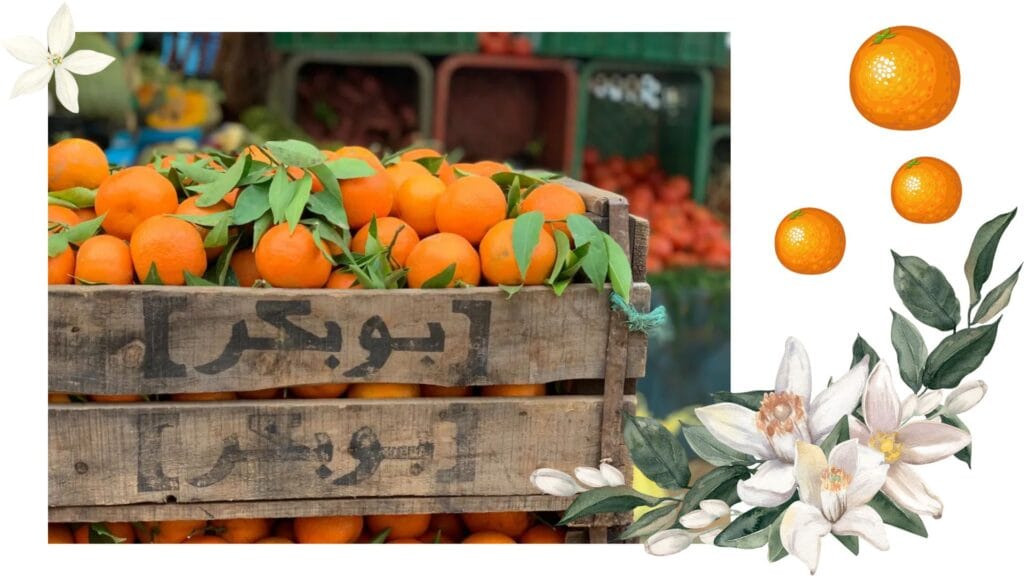 Citrus Regions of Excellence
Citrus Regions of Excellence
The heart of Morocco’s citrus industry lies in regions like Souss-Massa, Marrakech-Safi, Beni Mellal-Khenifra, Gharb, and Berkane. Among them, Souss-Massa stands out, contributing nearly 32% of Morocco’s total citrus production. Spanning over 40,000 hectares, this region benefits from a warm, sunny climate, fertile soil, and skilled farming practices that produce top-quality oranges, mandarins, and lemons. Each year, thousands of tons of citrus are harvested, meticulously sorted, and prepared for export, ensuring freshness and quality for distant markets.
In the Berkane province, the 2024/2025 season is particularly promising, with an estimated production of over 192,000 tons of citrus fruits, 60% of which are clementines. These fruits are highly valued for their superior quality, with the majority destined for export to European and Asian markets. Taroudant, a city nestled in Souss-Massa, has even been dubbed the “citrus capital” for its breathtaking orange groves and its role in Morocco’s citrus legacy.
The Moroccan government continues to implement a range of incentive measures to bolster the citrus sector, encourage exports, and attract investment in packing facilities. According to the USDA, these measures include subsidies and financial support for Phyto-Sanitary Assistance, Construction of New Packinghouse Stations, Export Subsidy for Citrus Destined to Ukraine, China, Gulf Countries and other programs that enhance production efficiency and improve export competitiveness.
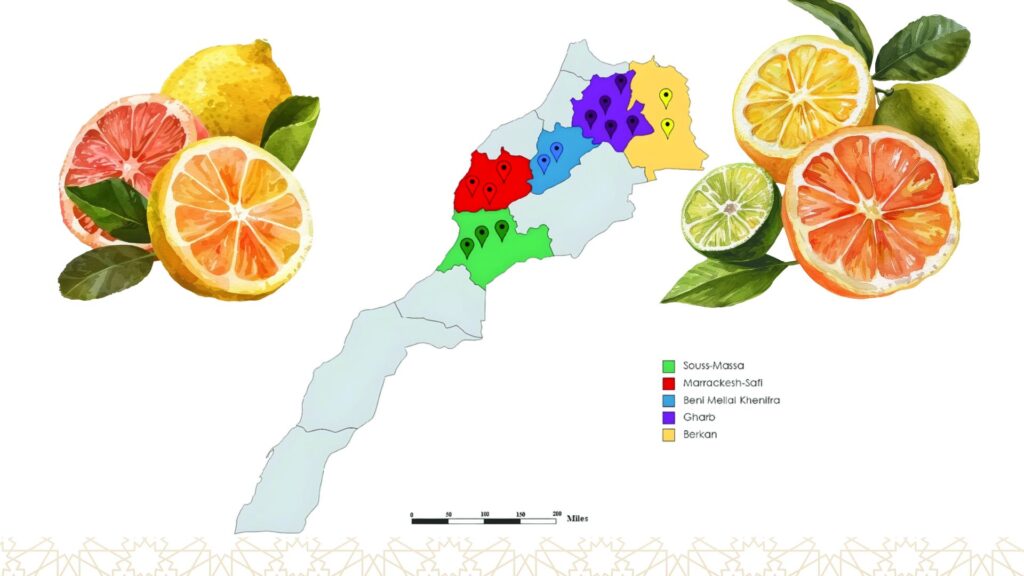 Innovative Practices and Global Impact
Innovative Practices and Global Impact
Moroccan citrus farmers are embracing modern techniques to combat challenges like climate change and water scarcity. The adoption of drip irrigation, new rootstocks, and extended harvest varieties has significantly boosted production and export potential. These innovations have enabled Morocco to remain competitive despite facing challenges from another big exporters like Egypt and Turkey.
Morocco has also expanded its export reach, filling supply gaps in markets like the United States due to reduced production in California. Recent agreements, such as a new maritime line between Agadir and Dakar, aim to enhance citrus exports to West African countries, further strengthening Morocco’s global citrus influence.
One standout example of Morocco’s commitment to excellence is Zalar Agri, a prominent citrus producer that prides itself on delivering top-quality fruits to international markets. As stated on their website:
“Cultivated in three regions of Morocco from the south to the north of the country and through the plains of Beni Mellal, the crops of citrus fruits, Navel oranges, late oranges and Nadorcott mandarins are widespread. Their notoriety from a gustative and qualitative point of view on the international markets is no longer to be proven.”

Zalar Agri emphasizes the meticulous care and attention given to every stage of the value chain, from cultivation to distribution:
“Being a farmer means cultivating a land and taking care of it to give the best of the fruit but not only. It also means packaging, marketing and distributing and listening to nature to choose crops that are closer to the specificities of the soil according to the seasons. Since 1977, Zalar Agri has been cultivating its passion in Morocco by creating added value for its customers and partners,” they affirm.
A Tradition of Flavor and Culture
Beyond its economic significance, citrus holds a special place in Moroccan culture. These fruits are woven into the fabric of everyday life, adding zest to traditional dishes, refreshing drinks, and indulgent desserts. The essence of orange blossoms, eau de fleur d’oranger, is a cherished ingredient in Moroccan perfumes and culinary creations, showcasing the versatility of citrus fruits.
Walking through cities like Taroudant, one can see citrus groves nestled against ancient landmarks, creating a timeless blend of natural beauty and cultural heritage. This unique integration of agriculture and tradition underscores the importance of citrus as both a culinary treasure and a symbol of Moroccan identity.
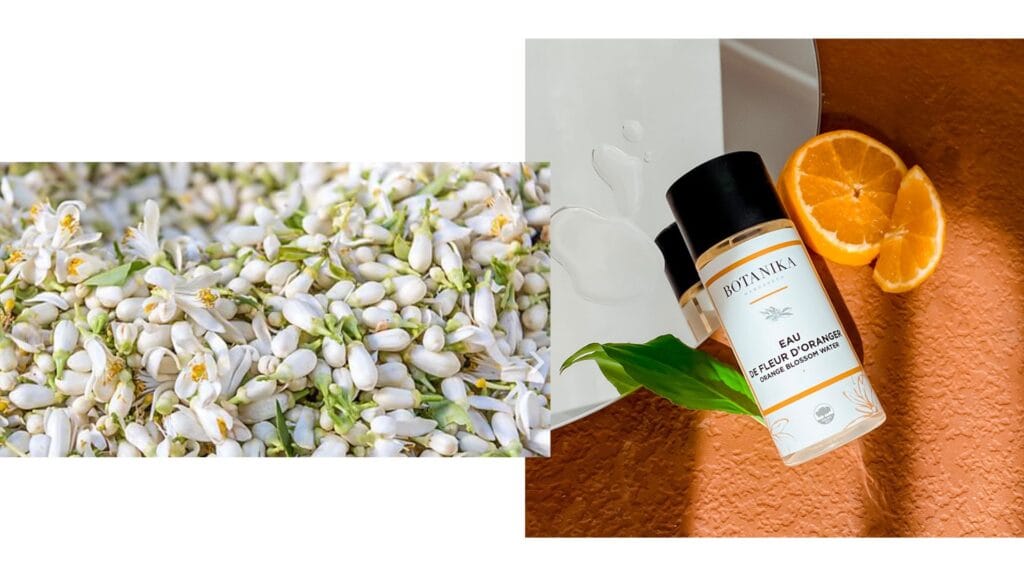 Sustaining Excellence for Generations
Sustaining Excellence for Generations
“Morocco’s citrus industry is a remarkable example of how tradition and innovation can work hand in hand to create a globally competitive and sustainable sector. The combination of ideal climatic conditions, modern farming practices and government support has enabled Morocco to deliver top-quality citrus fruits to international markets year after year,” says Kateryna Zvierieva, Development Director of Ukrainian Horticulture Association and head of the website of the international information-analytical platform East-Fruit.com.
The story of Moroccan citrus fruits is one of resilience, innovation, and unmatched quality. From the vibrant mandarin orchards of Souss-Massa to the bustling export hubs supplying the world, Morocco’s citrus industry is a testament to the country’s agricultural expertise and cultural richness. Whether enjoyed fresh, used in a traditional dish, or appreciated for its economic significance, Moroccan citrus fruits remain a sweet and enduring symbol of the nation.
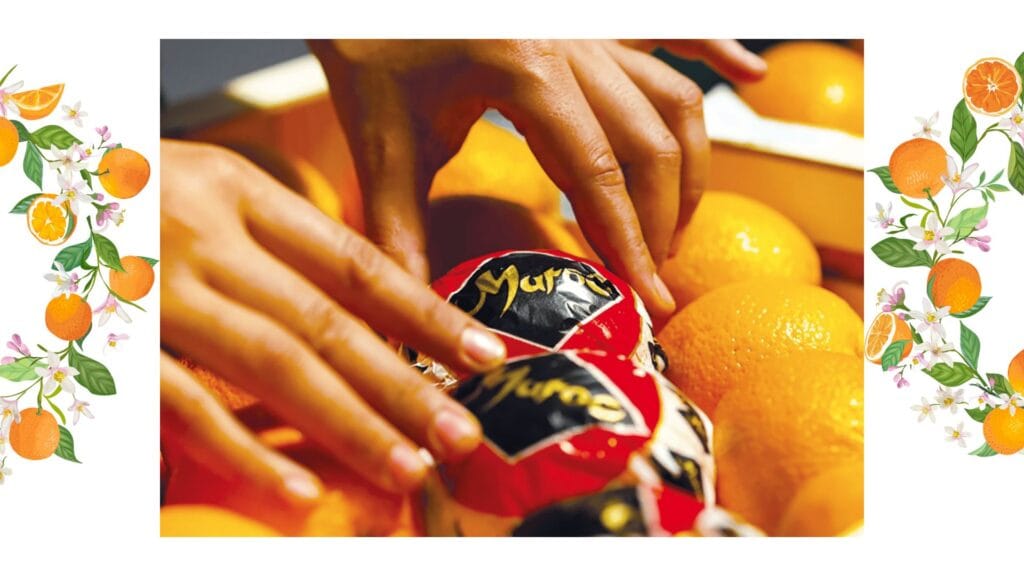
The use of the site materials is free if there is a direct and open for search engines hyperlink to a specific publication of the East-Fruit.com website.




